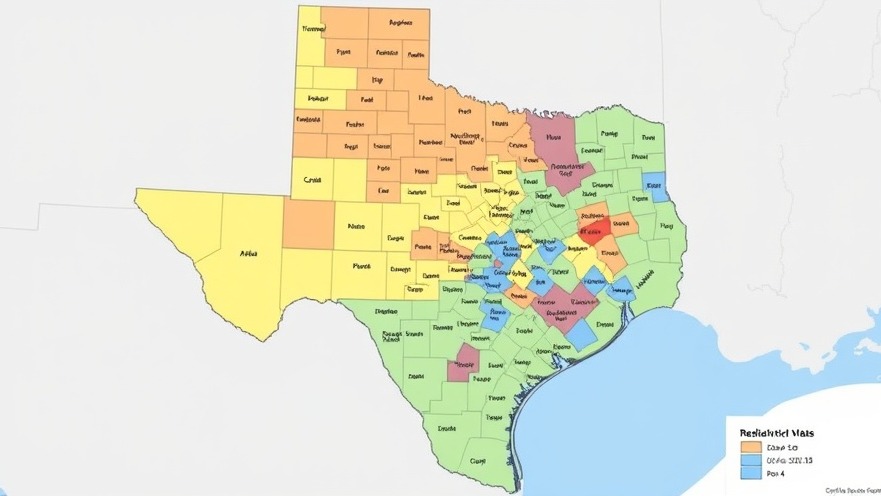
The Texas House Faces Another Showdown Over Congressional Redistricting
The Texas House of Representatives is gearing up for a significant battle as lawmakers prepare to address a controversial congressional redistricting map. This comes on the heels of a dramatic Democratic walkout that delayed the legislative process. As the situation unfolds, both parties are vocal about their stances, making it a fascinating moment in Texas politics.
The Background of the Redistricting Debate
Redistricting occurs every ten years following the U.S. Census, as states update their electoral maps to reflect population changes. Texas gained two additional congressional seats due to population growth, putting even more stakes on this redistricting process. Democrats feel the current proposed map disproportionately favors Republicans, which they argue undermines fair representation in a state where diverse communities are growing rapidly.
What Led to the Democrats' Walkout?
The Democrats' walkout was a strategic move aimed at preventing a vote on the map, which they argue would entrench Republican power for the next decade. By leaving the chamber, they effectively denied the necessary quorum to proceed with the vote, showcasing the heightened tensions and polarized nature of Texas politics.
What are the Stakes for Texans?
For residents of Texas, the outcome of this redistricting will greatly influence political representation, funding for local initiatives, and the prioritization of issues in Congress. As seen in other states, poorly drawn maps can disenfranchise voters and create lasting inequities within communities.
Future Predictions: What Comes Next?
As lawmakers return to the drawing board, political analysts predict that negotiations will intensify. With both parties entrenched in their positions, any compromise will require significant dialogue and perhaps even public input. Texans are encouraged to be engaged, as this redistricting will shape their political environment well into the future.
Understanding Redistricting: Key Terms and Concepts
For the average Texan, terms like "gerrymandering," "quorum," and "congressional districts" might seem complicated. However, understanding these concepts is crucial for grasping why redistricting matters. Gerrymandering, for example, involves drawing district lines in a way that gives one political party an advantage over another. This process can dilute the voting power of certain demographic groups, making it imperative that the public remains informed and involved.
The Impact of Public Engagement
The current redistricting debate highlights the critical role of public participation in democracy. Engaging with local representatives, attending public hearings, and making voices heard in community forums are vital steps that Texans can take to influence the outcome. With the stakes so high, citizens must be empowered to share their views.
As the Texas House approaches the next steps in redistricting, it’s essential for residents from Dallas to Houston and beyond to stay informed. The future of representation—not just for today, but for the next decade—hangs in the balance. Ensure your voice is heard and engage with this pivotal topic.
 Add Element
Add Element  Add Row
Add Row 



Write A Comment